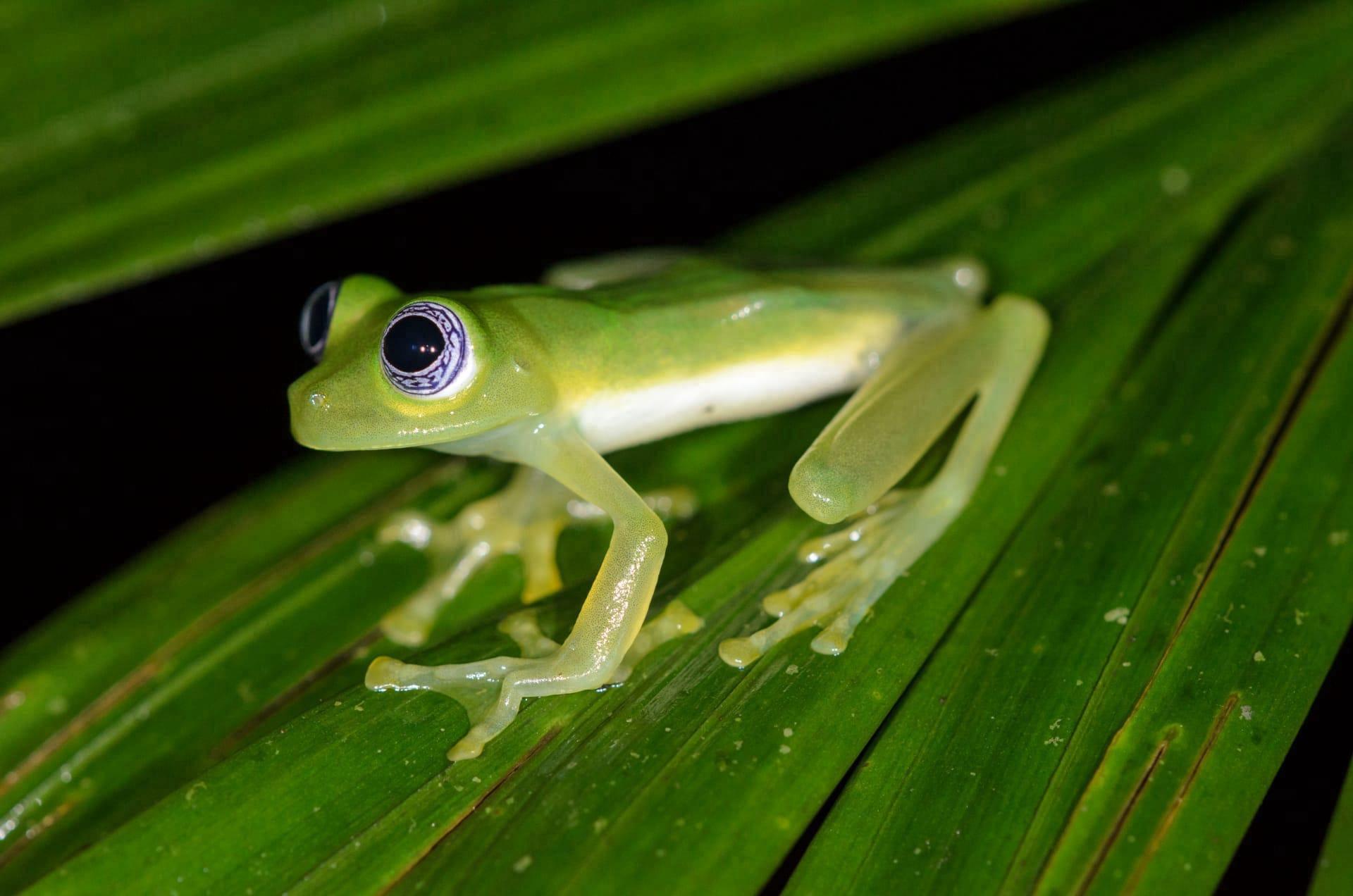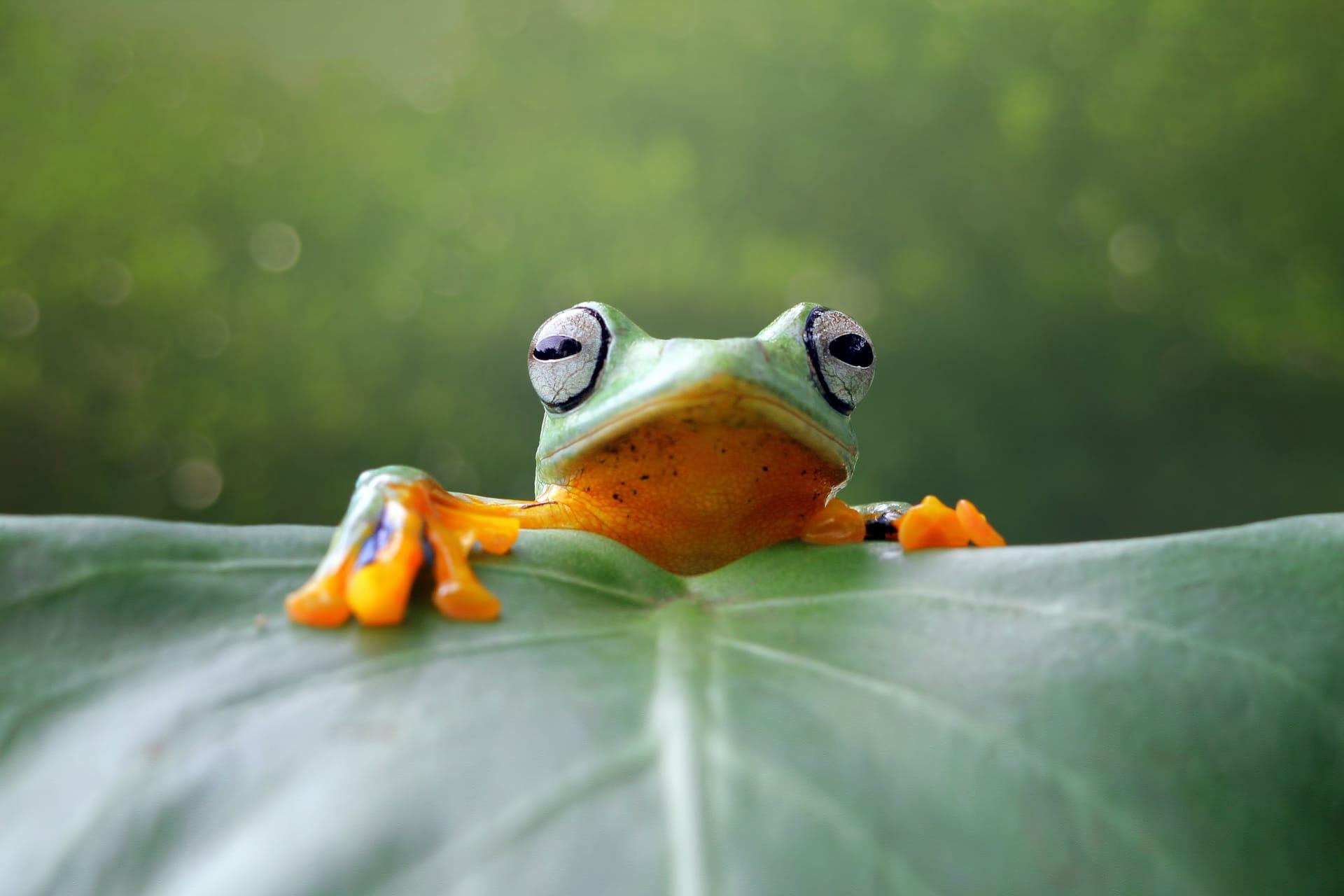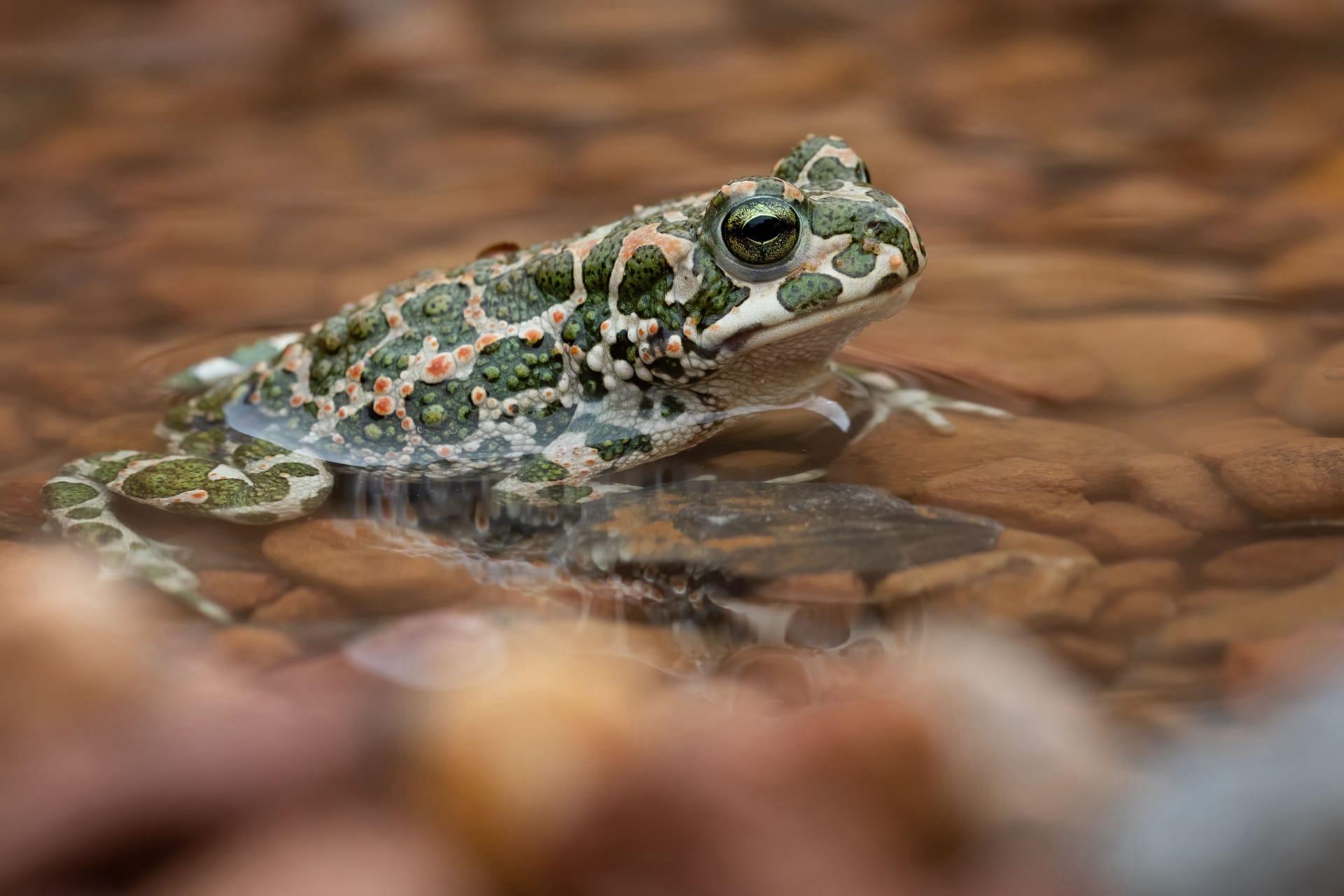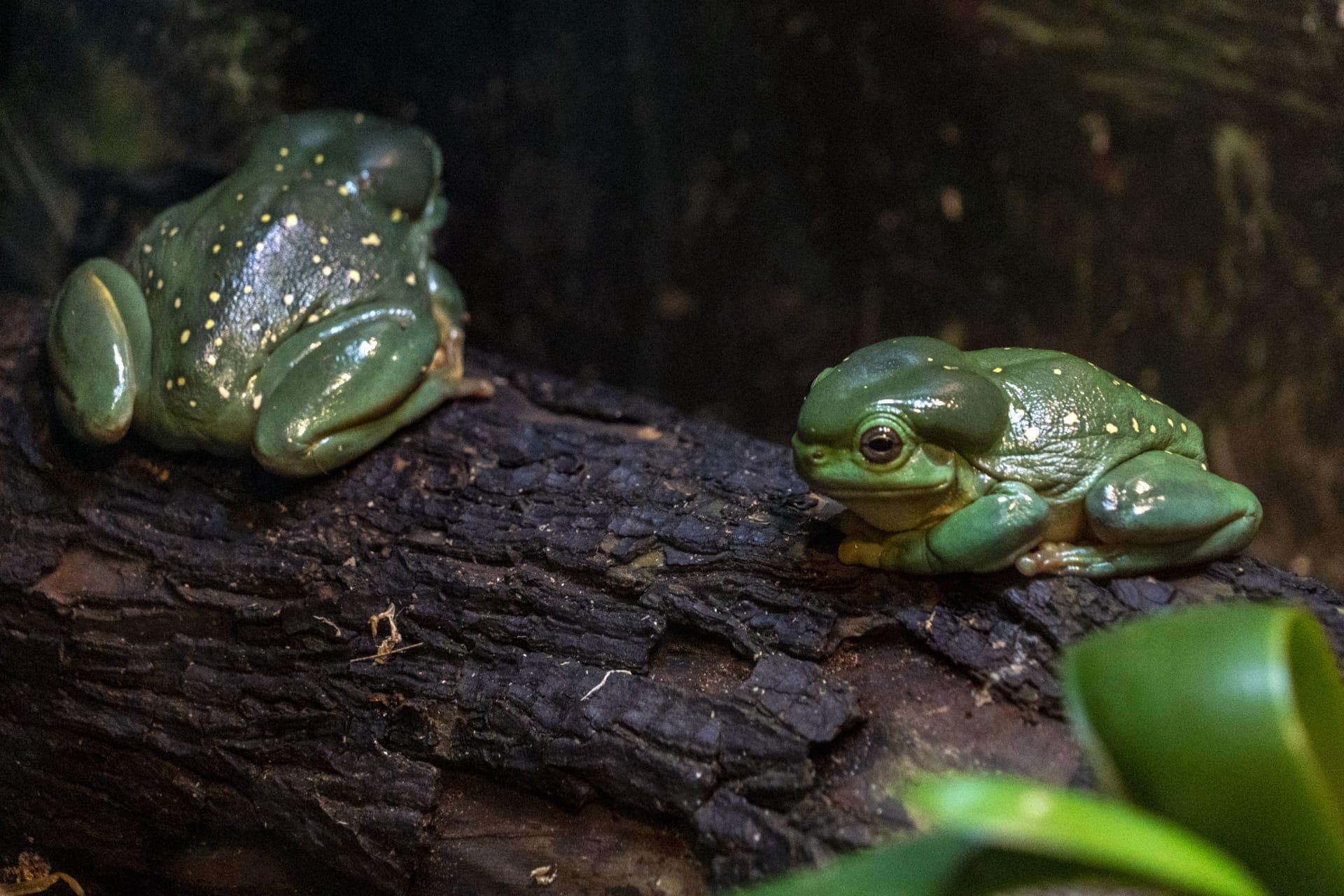Frog Trivia
- Home /
- Trivia Question /
- Animal /
- Frog Trivia
1
Question: How far can a frog jump in a single leap?
Answer: It's quite astonishing, but a frog can jump up to 20 times its own body length in a single leap. To put this into perspective, if a human had the same jumping capability, they could leap almost the length of a basketball court in one bound! This extraordinary ability is thanks to their long, powerful hind legs and a unique skeletal structure.
Question: What is the lifespan of a frog in the wild?
Answer: Frogs can have varying lifespans depending on the species. On average, they live for about 4 to 15 years in the wild. However, some species like the Common Toad (Bufo bufo) can live up to 40 years! Their lifespan is influenced by several factors, including habitat, predators, and environmental conditions.

2
Question: Do frogs always need to live near water?
Answer: While it's a common belief that all frogs need to be near water, this isn't always true. Some species, like the Tree Frog, spend a majority of their time in trees far from water. They only return to water to breed. Frogs adapt to their environment, and those in drier climates have developed ways to retain moisture and survive.
Question: Can frogs give you warts?
Answer: No, this is a myth! Frogs and toads do not cause warts in humans. Warts are actually caused by a human virus, not by handling amphibians. However, some frogs secrete a toxin through their skin as a defense mechanism, which can be irritating to human skin.

3
Question: What do frogs eat?
Answer: Frogs are primarily carnivorous. They have a diet consisting mainly of insects like flies, mosquitoes, and moths. Larger species may even eat small mammals, other frogs, and fish. Their sticky tongue, which can rapidly extend, is perfect for catching fast-moving prey.
Question: How do frogs breathe?
Answer: Frogs have a unique breathing system. They breathe through their skin when underwater, a process known as cutaneous gas exchange. Their skin must remain moist to absorb oxygen and release carbon dioxide. On land, frogs also use their lungs to breathe, especially when active.

4
Question: Why do frogs croak?
Answer: Frogs croak primarily for communication, especially during mating season. Male frogs croak to attract females and to ward off other males. Each frog species has a distinct croak, which can be influenced by the environment, temperature, and humidity.
Question: Can frogs change color?
Answer: Yes, some frog species can change color, although not as dramatically as chameleons. This color change is a response to factors like temperature, humidity, and stress. It helps them in camouflage and temperature regulation. For example, a frog might turn darker in cooler weather to absorb more heat.

5
Question: How do frogs survive winter?
Answer: Frogs have an incredible survival strategy for winter called hibernation. Some species burrow into the mud or leaves, while others can even survive being frozen! Their bodies produce a natural antifreeze substance that prevents ice from forming inside their vital organs.
Question: Are frogs good indicators of an ecosystem's health?
Answer: Absolutely! Frogs are considered bioindicators due to their permeable skin, which absorbs both nutrients and toxins from their environment. A decline in frog populations often indicates problems like pollution, habitat loss, or climate change, signaling an unhealthy ecosystem.